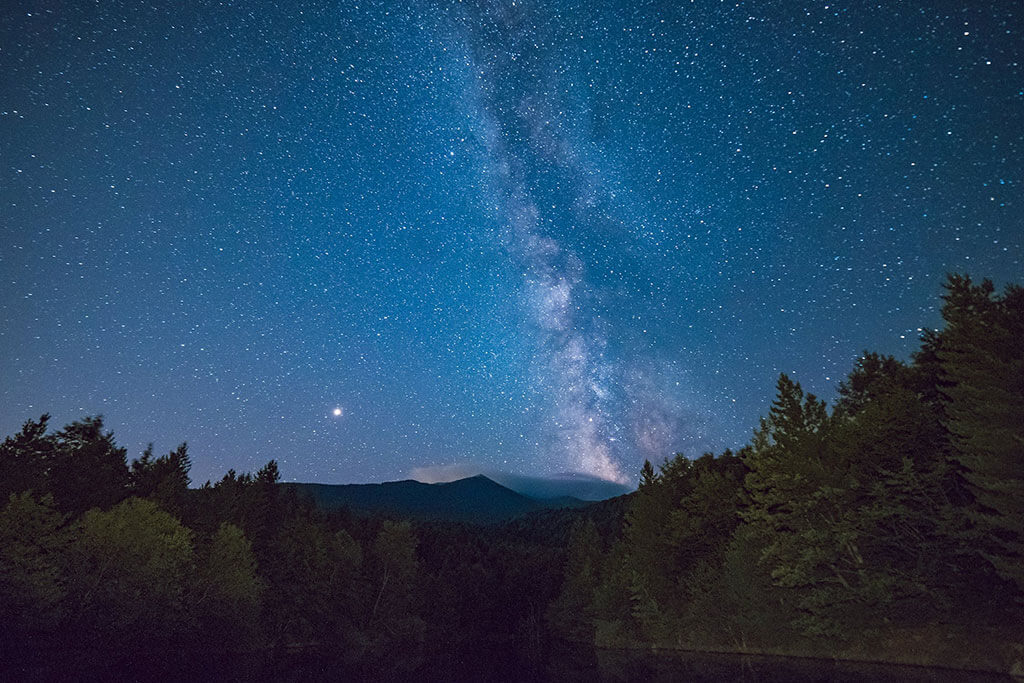
8
August
Northern District Library: The Great North American Eclipse
Join Dr. Jennifer West as she discusses a brief history of eclipse viewing. Learn about the partial solar eclipse that will be visible in Toronto on August 21, 2017.

31
July
City Star Party (GO for Monday)
Hover above the moon like an astronaut and get eye-to-eye with the planets. Find colourful stars, star clusters, bright nebulae and even another galaxy. Our monthly City Star Party is the place to catch universe from within the city limits at Bayview Village Park. If you don't have a telescope then you will find many astronomers who would love to share a view. If you are thinking of buying a telescope, viewing with other people's equipment is the best way to make a good choice. If you have a telescope or binoculars, please bring it!

9
August
Recreational Astronomy Night
Watch the recorded video on YouTube

12
August
Vaughan Public Libraries: Solar Eclipse Information Session
The upcoming solar eclipse is fast approaching! For information on what it is and how to safely observe it, attend this information session hosted by RASC Toronto Centre member Chris Vaughan.

20
August
Dunlap Institute: Toronto Chinatown Festival
Join the Dunlap Institute on August 20th at the Toronto Chinatown Festival (多伦多华埠节) where the theme for 2017 is "Meeting Across the Milky Way." Drop in and see the Sun through solar telescopes, learn how to safely look at the August 21 solar eclipse, talk to astronomers and more!

12
August
Perseid Meteor Shower (SOLD OUT - WAITLIST ONLY)
Join us on a trip from downtown Toronto to dark skies to watch the Perseid Meteor Shower.

20
August
Hamilton Youth Poets: August Eclipse Slam!
Attention all Indigo children! On August 21st our earth will be experiencing a total solar eclipse. For those of you who don’t know what that is, a solar eclipse is when the moon passes between the sun and the earth, inevitably blocking the sun from the earth's view and completely encasing parts of our world in its dark shadows.

21
August
UofT: Solar Eclipse at the CNE
Join us on August 21 at the Canadian National Exhibition to view a partial solar eclipse. Get a free pair of eclipse glasses to let you view the eclipse safely and see the Sun through our solar telescopes. Meet University of Toronto astronomers to learn about the eclipse and to get all your burning astronomy questions answered. See live streams of the eclipse from regions of totality and compete for prizes!

21
August
Vaughan Public Libraries: Astronomical Event of the Decade
Join us as we celebrate the biggest cosmic event of the year, a solar eclipse! We will be safely observing from the patio of the Civic Centre Resource Library.

21
August
Hamilton Amateur Astronomers: View the 2017 Solar Eclipse
On Monday August 21, 2017 a partial solar eclipse will be visible from Hamilton and surrounding areas. This is a wonderful opportunity to see a rare and spectacular natural event. The eclipse will last over 2½ hours, changing in appearance throughout that time, with the greatest amount of the Sun being eclipsed at 2:31 pm. At that time about 76% of the Sun will be blocked.
